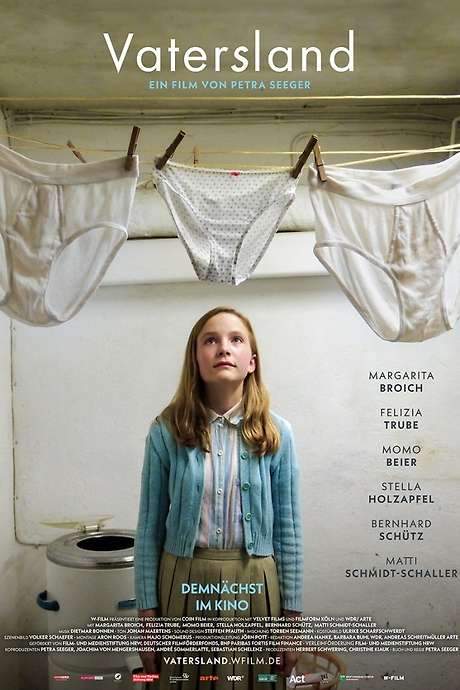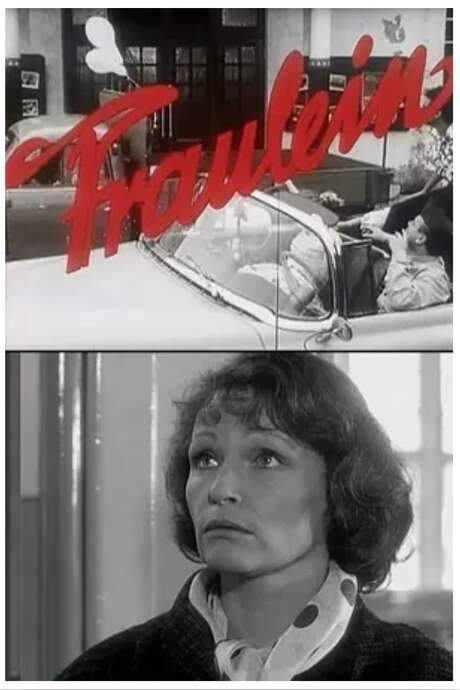
Toxi
Year: 1952
Runtime: 79 mins
Language: German
Director: Robert A. Stemmle
Set in post‑war Germany, the drama follows Toxi, a mixed‑heritage child of an African‑American G.I. and German mother. After her mother’s death she is placed with her American father, who struggles to provide for her and his two children. Toxi is sent to an orphanage, exposing the prejudice faced by the thousands of “mischlings” born in that era.
Warning: spoilers below!
Haven’t seen Toxi yet? This summary contains major spoilers. Bookmark the page, watch the movie, and come back for the full breakdown. If you're ready, scroll on and relive the story!
Toxi (1952) – Full Plot Summary & Ending Explained
Read the complete plot breakdown of Toxi (1952), including all key story events, major twists, and the ending explained in detail. Discover what really happened—and what it all means.
The film opens with a poignant scene where a young Afro-German girl is left at the doorstep of the Rose family, a white middle-class German household, during a birthday celebration. At first, the family members interpret her presence as part of a surprise performance arranged by her aunt, and they greet her with a sense of curiosity and warmth, believing she might be part of a festive act. However, their initial acceptance begins to shift when they discover a suitcase abandoned on the porch, a clear sign that the girl, Toxi, has been left there deliberately. This revelation prompts a reassessment of their feelings, forcing the family to confront their own beliefs about race, belonging, and societal norms.
As the reality sinks in, the Roses grapple with the question of whether to keepToxi with them. This developing situation introduces a complex exploration of racial prejudice in post-war Germany. One particular character, Uncle Theodor, the eldest son’s husband, becomes notably unsettled by the idea of Toxi remaining in their home. He is especially concerned about her interaction with his two young daughters, reflecting the racial biases and fears rooted in the era’s social climate. Despite these reservations, Toxi’s behavior soon proves to be beyond her years. She displays remarkable manners, maturity, and kindness—traits that gradually challenge the family’s initial perceptions and prejudices. Her goodness and grace lead Uncle Theodor to reassess his discriminatory attitudes, recognizing that his fears were unfounded.
Throughout the film, Toxi is portrayed as a girl of exceptional character who, despite her young age, behaves thoughtfully and politely, often setting a moral example for those around her. Her presence sparks important conversations about acceptance, discrimination, and the injustices faced by children often labeled as Mischlingskinder or “Brown Babies.” These children, many born from relationships between German women and African-American soldiers, faced profound social stigma, abandonment, and marginalization in a society struggling to confront its own past.
As the story progresses towards its resolution, the Rose family grows increasingly fond of Toxi. They come to see her as a symbol of innocence and resilience amid a society plagued by prejudice. However, the closure of the film is bittersweet. Just as the family begins to accept and embrace her, Toxi’s biological father—who is an ex-American soldier—arrives unexpectedly. He comes to take her back to the United States, highlighting the ongoing struggles many of these children faced with loss, separation, and identity. Despite the family’s heartfelt acceptance, Toxi must leave, embodying both hope and grief.
This powerful story serves as a lens through which the film examines larger themes such as racial discrimination, post-war societal tensions, and the personal hardships experienced by Brown Babies in 1950s Germany. It sheds light on the considerable social and institutional challenges they encountered, including stigmatization, abandonment, and exclusion. The film eloquently addresses the complex struggle for acceptance faced by these children—who, despite the societal rejection, demonstrate resilience and dignity in their fight for belonging. Overall, the film provides a moving and thought-provoking portrayal of a difficult chapter in history, emphasizing the importance of compassion and understanding in overcoming prejudice.
Last Updated: August 19, 2025 at 05:16
Unlock the Full Story of Toxi
Don't stop at just watching — explore Toxi in full detail. From the complete plot summary and scene-by-scene timeline to character breakdowns, thematic analysis, and a deep dive into the ending — every page helps you truly understand what Toxi is all about. Plus, discover what's next after the movie.
Toxi Timeline
Track the full timeline of Toxi with every major event arranged chronologically. Perfect for decoding non-linear storytelling, flashbacks, or parallel narratives with a clear scene-by-scene breakdown.

Characters, Settings & Themes in Toxi
Discover the characters, locations, and core themes that shape Toxi. Get insights into symbolic elements, setting significance, and deeper narrative meaning — ideal for thematic analysis and movie breakdowns.

Similar Movies to Toxi
Discover movies like Toxi that share similar genres, themes, and storytelling elements. Whether you’re drawn to the atmosphere, character arcs, or plot structure, these curated recommendations will help you explore more films you’ll love.
Explore More About Movie Toxi
Toxi (1952) Scene-by-Scene Movie Timeline
Toxi (1952) Movie Characters, Themes & Settings
Toxi (1952) Spoiler-Free Summary & Key Flow
Movies Like Toxi – Similar Titles You’ll Enjoy
Where Hands Touch (2018) Movie Recap & Themes
Lore (2013) Complete Plot Breakdown
Oxygono (2005) Ending Explained & Film Insights
Death in Love (2009) Movie Recap & Themes
Germany. A Winter’s Tale (2018) Full Summary & Key Details
The Cotton Wool War (2018) Spoiler-Packed Plot Recap
Black Mercedes (2019) Full Summary & Key Details
Tough Enough (2006) Full Summary & Key Details
Germany Pale Mother (1980) Full Summary & Key Details
Toxic Love (1983) Spoiler-Packed Plot Recap
Vatersland (2020) Spoiler-Packed Plot Recap
Fraulein (1986) Plot Summary & Ending Explained
Eine fremde Tochter (2022) Full Summary & Key Details
Toxikoma (2021) Movie Recap & Themes
Toxic (2008) Film Overview & Timeline

















